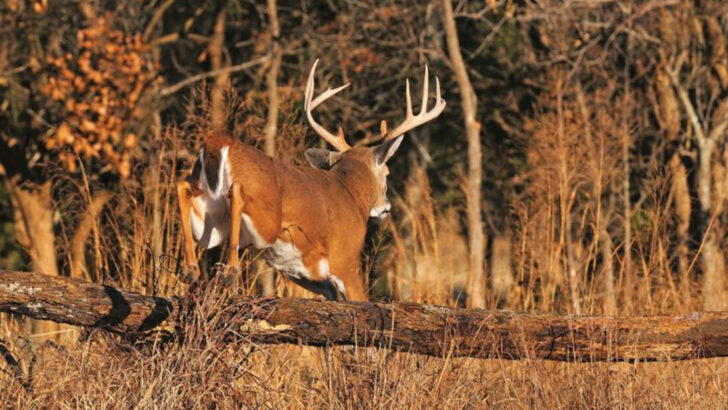A whitetail deer encounter is never just a casual sighting—it’s a moment of pure, untamed magic. One second, the woods are silent. The next, a sleek, powerful creature materializes, ears twitching, eyes locked on you, muscles tensed like a coiled spring.
These deer don’t just walk—they glide, their movements a perfect mix of caution and confidence. Their signature white tails flick and flash like nature’s warning signals, a silent alarm that sends them bounding away in an instant. Blink, and they’re gone.
But if you’re lucky, you might catch a few unforgettable details: the sharp alertness in their gaze, the soft rustle of hooves on fallen leaves, the way their coats shift with the seasons. Every encounter is different, and every one leaves an impression.
So, what should you expect when you cross paths with a whitetail? From their unpredictable behavior to their surprising adaptability, here are 16 things you’ll want to know.
Deer in Motion

When you first spot a whitetail deer, you might notice its agility and grace in motion. These creatures have an incredible ability to leap and bound across terrain. As they move, their tails act like flags, signaling potential danger to others. You’ll often find them in wooded areas, where they blend seamlessly with the surroundings. Observing a deer in motion is like watching a well-choreographed dance. The blend of power and elegance can be mesmerizing, leaving an indelible impression. When you capture such a moment, it’s like photographing a fleeting piece of art.
Alert Ears
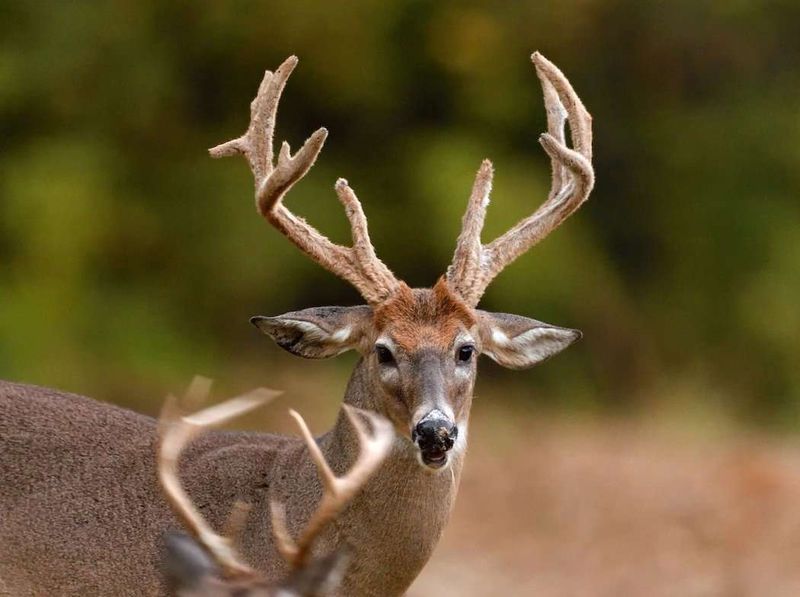
The first thing you might notice about a whitetail deer is its ears, constantly twitching and turning. These ears are incredibly sensitive, picking up the faintest of sounds. Whether it’s a rustling leaf or a distant snap of a twig, a deer’s ears are always on alert. This keen sense of hearing helps it stay vigilant against predators. In the wild, survival often hinges on such acute senses. As you observe, notice how the deer’s ears are never still, always scanning its environment. It’s a fascinating aspect of their behavior, showcasing their adaptability.
White Tail Signal
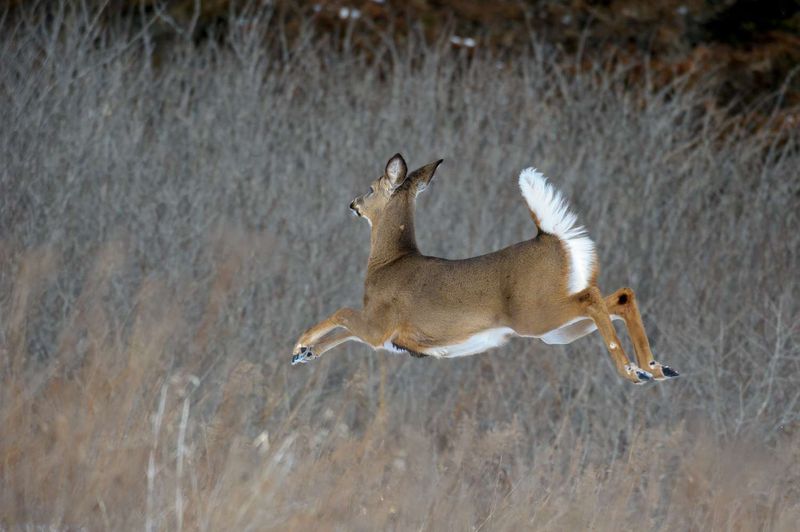
The namesake of the whitetail deer, their white tail is not just for show. When raised, this tail acts as a warning signal to other deer. It’s a silent alarm system, indicating potential danger. In the wild, communication is key, and the tail is an essential tool. Observing a deer raise its tail can be a thrilling moment, as it indicates heightened alertness. This behavior showcases their intricate social structure. As you watch, you’ll appreciate the silent communication at play, a testament to nature’s ingenuity. Be mindful of your movements to avoid alarming them further.
Camouflage Skills
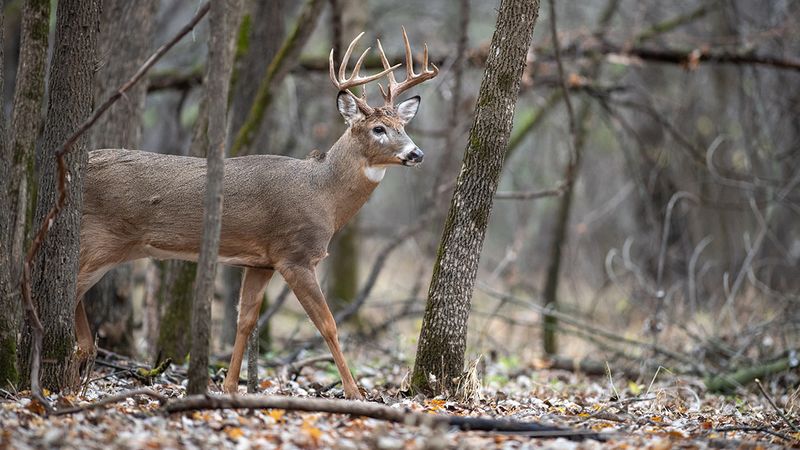
Whitetail deer are masters of camouflage, often blending seamlessly into their environment. Their brown and white coats provide perfect concealment amidst trees and underbrush. This natural camouflage is their primary defense mechanism against predators. As you explore, you might find yourself staring right at one without realizing it. Their ability to remain motionless when sensing danger is remarkable. This skill not only helps them avoid predators but also makes them elusive subjects for photographers. Spotting a camouflaged deer is like finding a hidden treasure, rewarding patience and a keen eye.
Graceful Movement
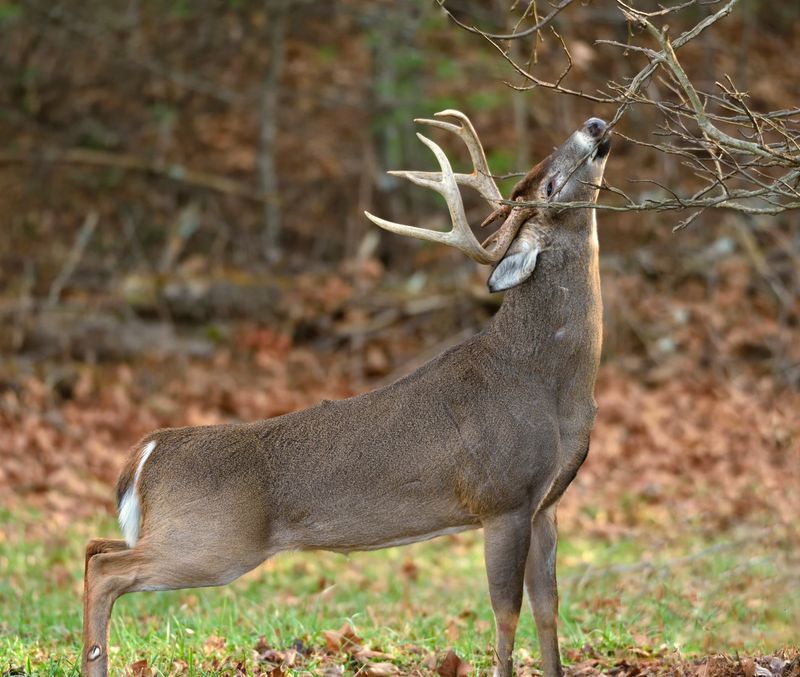
One cannot help but admire the graceful movement of a whitetail deer. Whether they are bounding through meadows or walking through forests, their elegance is unmatched. Their legs are built for swift, silent movement, allowing them to navigate challenging terrains effortlessly. In winter, their movement across snow-covered landscapes is particularly striking. Watching them, you might even feel a sense of tranquility. Their presence often brings a serene feeling to the observer, making every encounter memorable. It’s this grace that often draws people to them, making them beloved subjects in wildlife photography.
Curious Glance
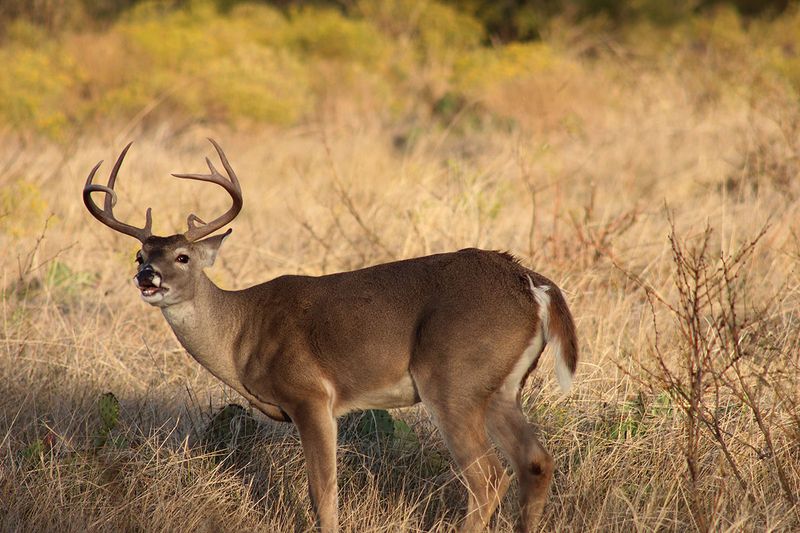
Whitetail deer are naturally curious creatures. A curious glance from a deer can be a heartwarming sight. Often, you’ll find them cautiously peering through tall grass or around trees. Their large, expressive eyes seem to take in everything. This curiosity is a crucial survival trait, allowing them to assess potential threats. It’s also what makes them so endearing. As you share a moment of eye contact, there’s a silent understanding, a brief connection across species. This mutual curiosity often leads to some of the most memorable wildlife encounters, leaving a lasting impression.
Scent Recognition
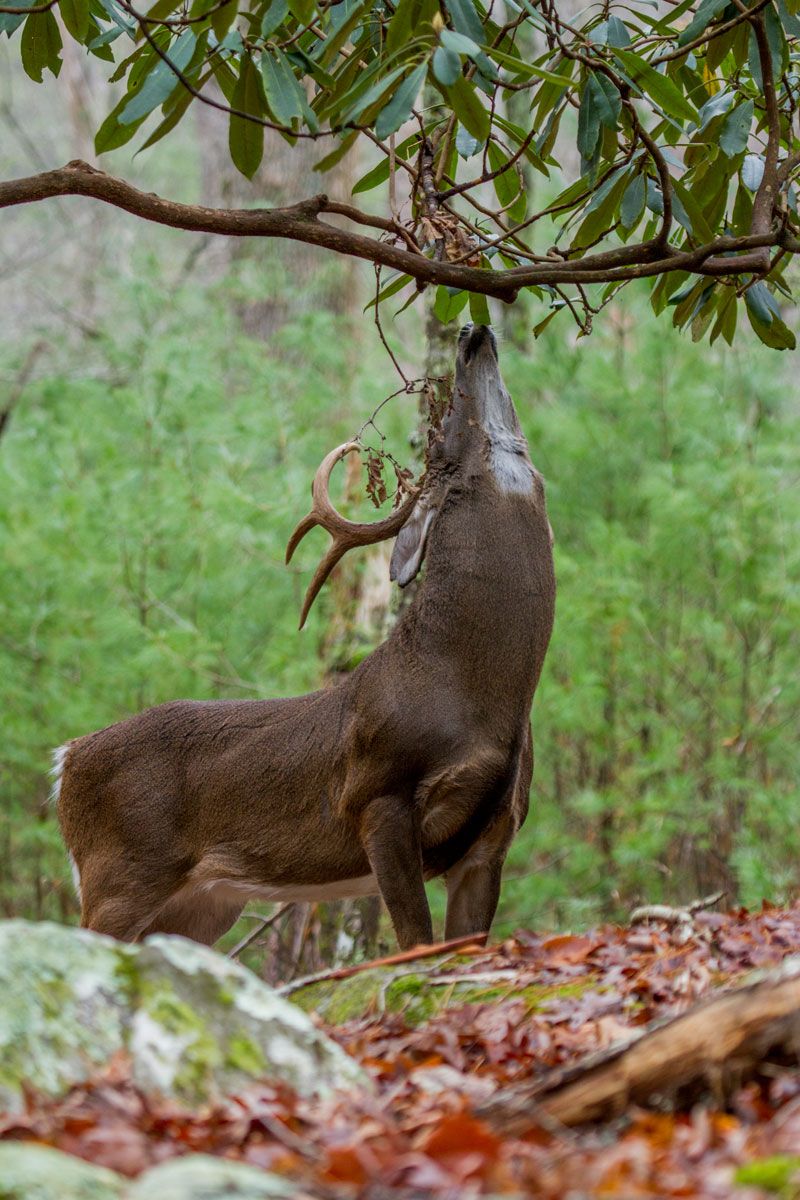
Whitetail deer possess a keen sense of smell, vital for their survival. You might observe one sniffing the air, attempting to detect scents carried by the wind. This behavior helps them identify predators, find food, and communicate with other deer. Their noses are incredibly sensitive, capable of picking up smells from considerable distances. In the wild, scent plays a significant role in their daily lives. Understanding this aspect allows for a deeper appreciation of their behavior. As you encounter a deer, take a moment to observe its nose in action. It’s a reminder of nature’s intricate design.
Gentle Grazers
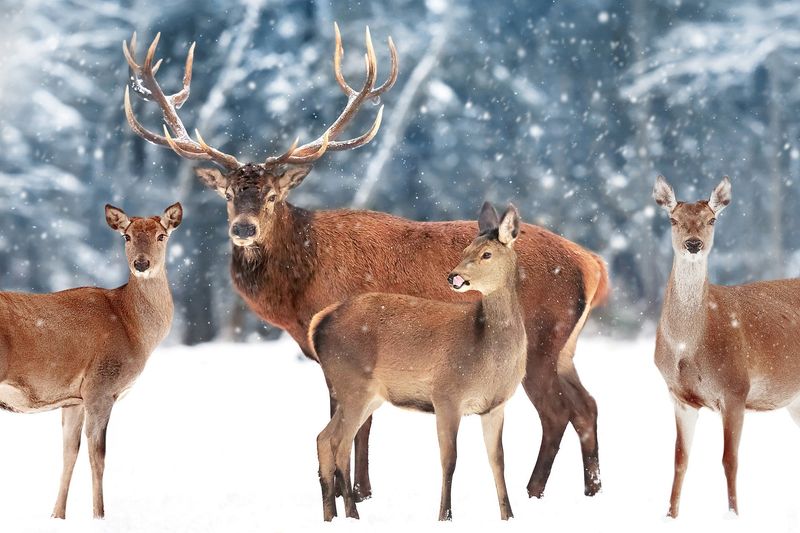
When encountering a group of whitetail deer, you might see them grazing peacefully. These gentle grazers feed on a variety of plants, including leaves, twigs, and fruits. Their diet plays a crucial role in maintaining their health and the ecosystem. Watching them feed is a calming sight, offering a glimpse into their daily routine. They graze with precision, often preferring the freshest vegetation. Their presence can indicate a healthy, thriving environment. As you observe this tranquil scene, you’ll appreciate their role in nature’s balance. It’s a peaceful reminder of the interconnectedness of life in the wild.
Silent Communication
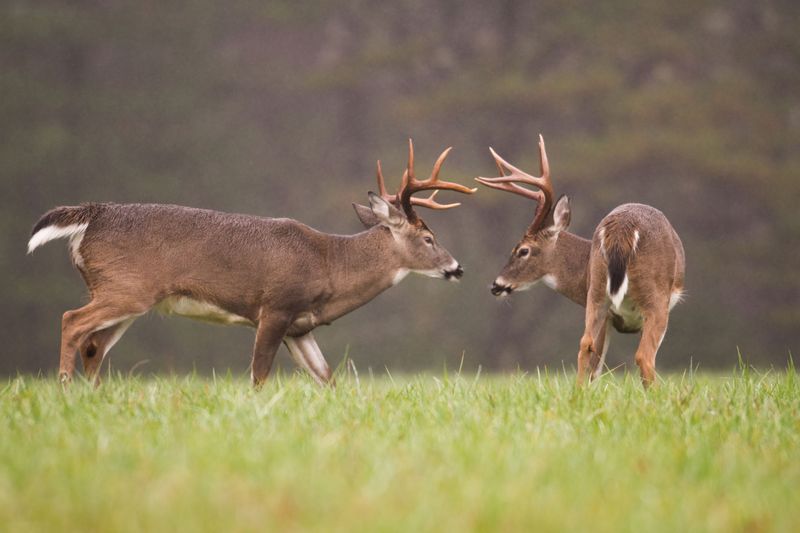
Whitetail deer are masters of silent communication. Their interactions often include subtle body language and postures. You might witness them flicking ears or adjusting their stance to convey messages. This non-verbal communication is critical in maintaining group cohesion and avoiding predators. It’s fascinating to watch them interact without making a sound, showcasing their social intelligence. As you observe, you’ll gain insight into their complex social dynamics. Understanding this silent language can enhance your appreciation of these creatures. It’s a reminder of the sophisticated ways animals communicate, often without us realizing it.
Fawn Curiosity
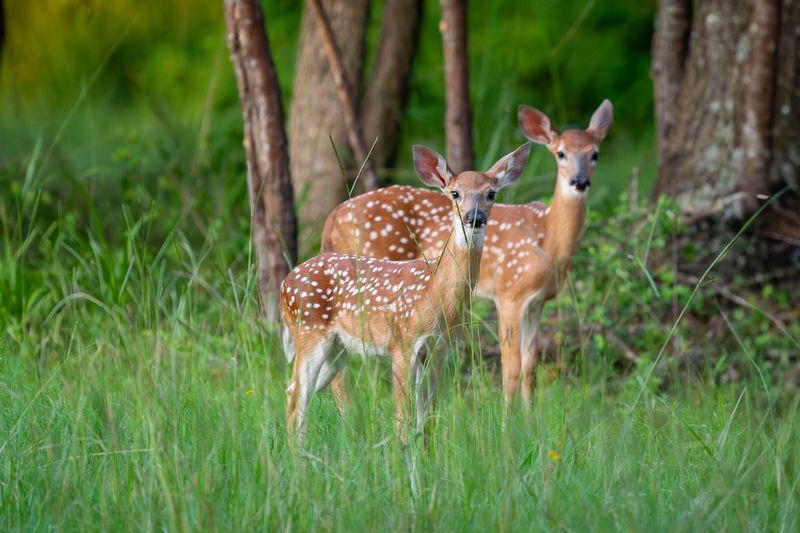
Encountering a young fawn is a delightful experience. Their natural curiosity is evident as they explore their surroundings. With white spots on their coats for camouflage, fawns are often hidden away while their mothers graze. When they do venture out, their inquisitive nature leads them to investigate everything. This curiosity is vital for learning and survival. Watching a fawn explore is a heartwarming sight, filled with innocence and wonder. As they grow, this curiosity aids in developing their survival instincts. Observing their early life stages offers a unique glimpse into the development of these fascinating creatures.
Seasonal Behavior
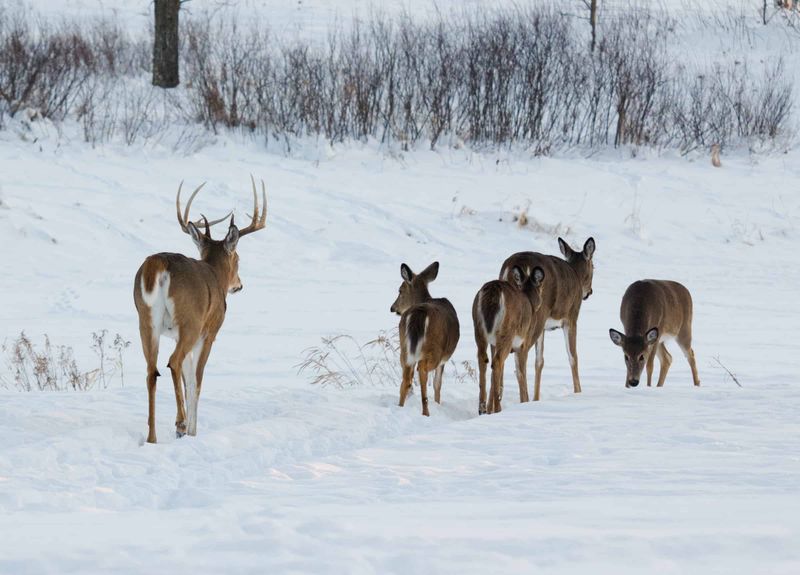
Whitetail deer exhibit distinct seasonal behaviors that reflect changes in their environment. You might notice a change in their coat as seasons shift, becoming thicker and more insulated for winter. During autumn, they are often seen foraging intensively to build reserves for the colder months. This preparation is crucial for their survival. Their behavior also changes with mating seasons, becoming more active and sometimes more visible. Understanding these seasonal patterns can enhance your experience and timing when observing them. It’s a testament to their adaptability and resilience in the face of changing environments.
Bounding Escape
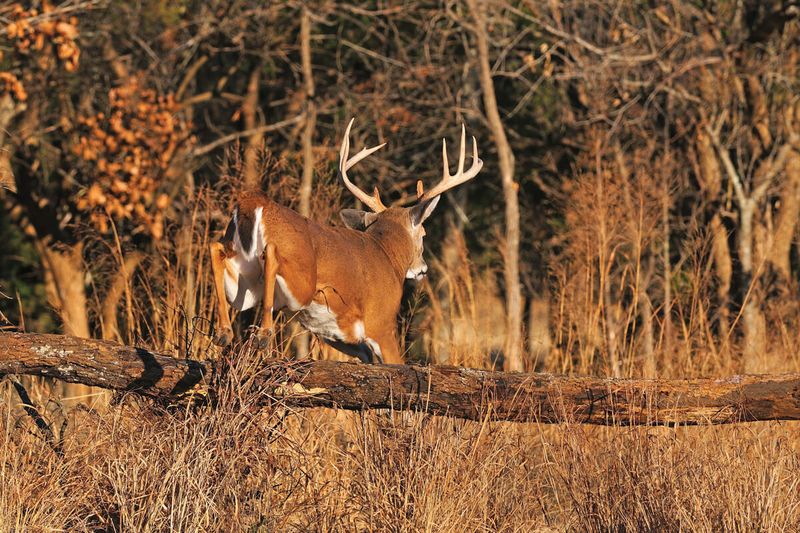
A sudden burst of movement from a whitetail deer can be startling yet awe-inspiring. When sensing potential danger, they engage in a bounding escape. This involves powerful leaps and agile maneuvers, allowing them to cover ground quickly. Their bodies are built for such rapid, energy-efficient movements. Observing this can be a thrilling experience, highlighting their survival instincts. Their ability to navigate obstacles effortlessly is impressive, displaying both strength and agility. This behavior is essential for evading predators, showcasing their resilience and adaptability. It’s a vivid reminder of the dynamic nature of wildlife encounters.
Territorial Behavior

During certain times of the year, especially the mating season, you might observe territorial behavior among whitetail bucks. This can include displays of dominance, such as antler clashes or marking territory. Bucks will often scrape the ground to leave scents, marking their presence. Such behaviors are part of their natural instincts to establish hierarchy and attract mates. Witnessing these displays can be both exciting and educational. It offers insight into their social structures and competition. As you encounter this, you’ll gain a deeper understanding of their complex social interactions and natural instincts.
Restful Moments
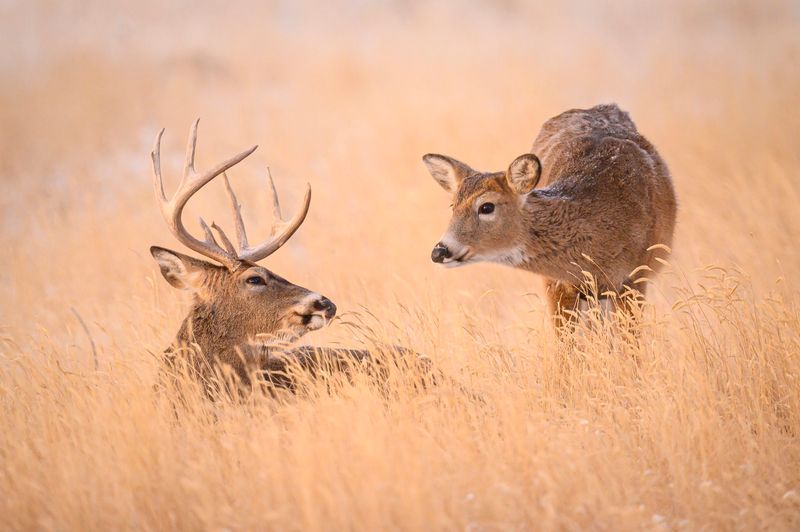
Observing a whitetail deer at rest is a serene experience. These moments of tranquility are vital for their well-being, allowing them to conserve energy and remain alert. You might see them lying down in shaded areas, often choosing spots that offer both cover and a good vantage point. Their ability to relax yet remain vigilant is key to their survival. As you quietly watch a deer at rest, there’s an opportunity to connect with nature’s peace. These moments remind us of the balance between activity and rest, a harmony that ensures their survival.
Social Interactions
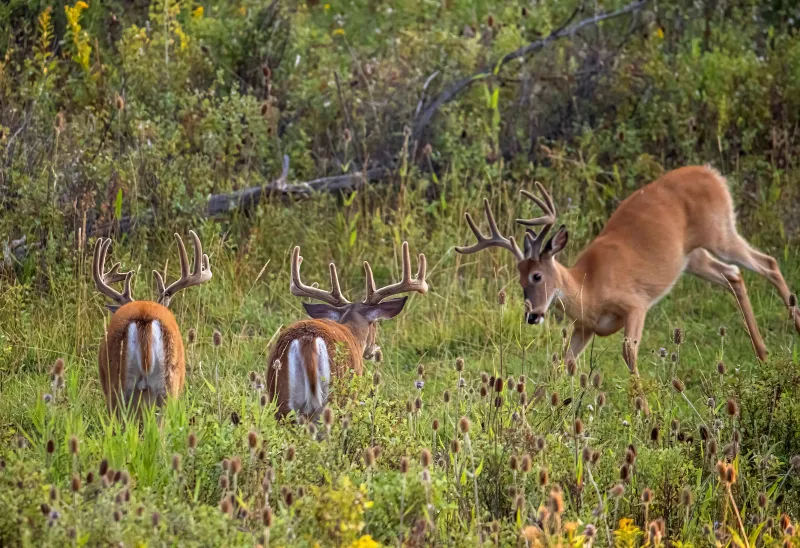
Whitetail deer are social animals, often found in groups known as herds. Within these groups, you’ll observe various interactions, from playful behavior to nurturing gestures. Their social bonds are critical, especially for protection and raising young fawns. Watching them interact provides insight into their social structures and relationships. These interactions can include grooming, playful chasing, or gentle nuzzling. Such behavior promotes group cohesion and reduces stress. Observing these social dynamics adds a layer of understanding to their complex lives in the wild. It’s a testament to their adaptability and the importance of community.
Majestic Antlers
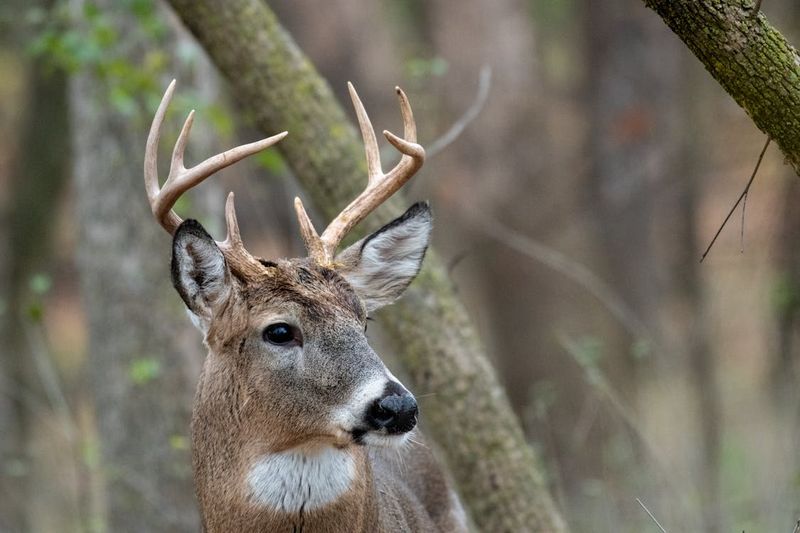
The sight of a mature whitetail buck with its majestic antlers is truly breathtaking. These antlers are symbols of strength and dominance in the deer world. Growing anew each year, they are used during mating season to compete for mates. As you gaze upon these impressive structures, consider their role in the deer’s life. Antlers are also used for defense and displaying health to potential mates. Observing a buck with antlers is a unique experience, highlighting nature’s artistry and the cycle of life. It’s a reminder of the resilience and beauty inherent in the natural world.

